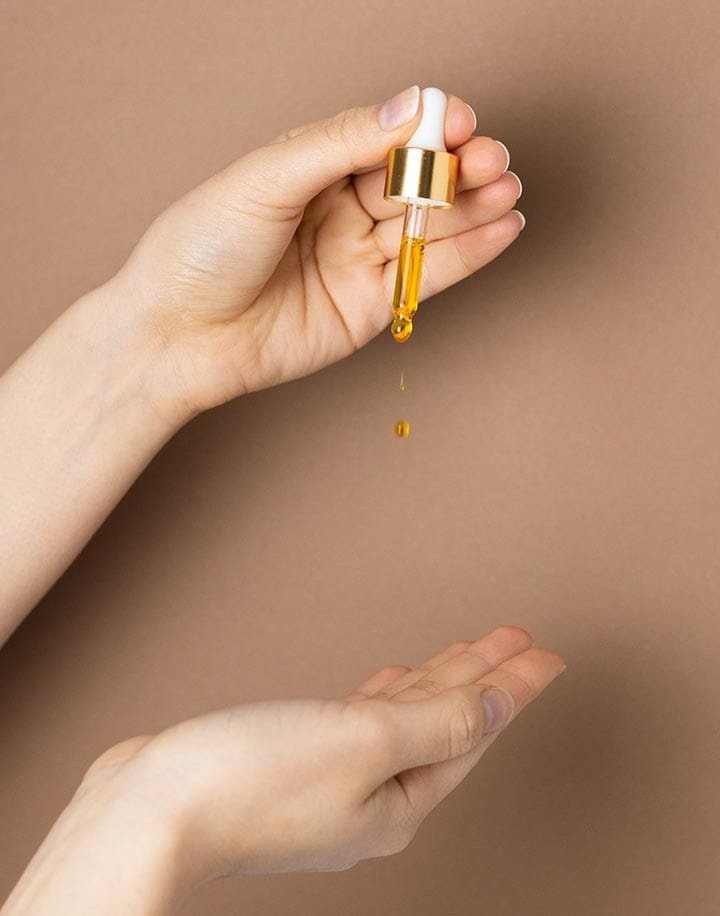How Many Drops In A Dropper Full
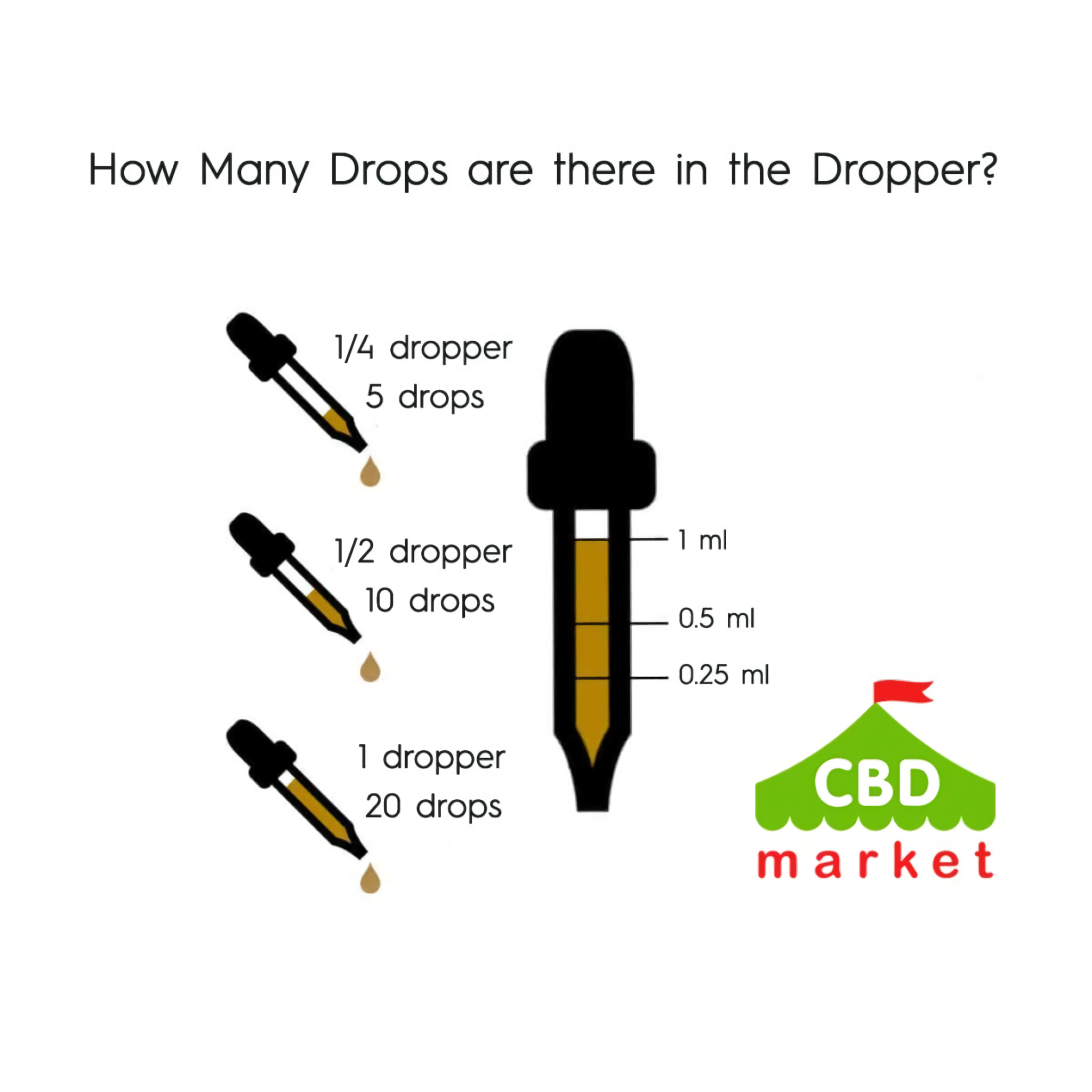
The question of how many drops are in a dropper full may seem trivial, but it's a common query with surprisingly complex answers, relevant across various fields from medicine to chemistry.
The exact number isn't a fixed constant; it depends heavily on factors such as the dropper's size and shape, the liquid's viscosity, and even the surface tension.
The Elusive 20 Drops per Milliliter Standard
The widely cited approximation of 20 drops per milliliter (mL) originates from early pharmaceutical practices. It was a general guideline established when droppers weren't standardized.
The United States Pharmacopeia (USP) once defined a "standard medicine dropper" as one delivering approximately 20 drops of water per milliliter, dispensed at 25°C. However, this definition has been largely abandoned due to inconsistencies.
Today, the USP provides guidance on using calibrated droppers and measuring devices for precise dosing, acknowledging the inherent variability of uncalibrated droppers.
Variables Affecting Drop Size
Several factors conspire to make a definitive answer to the "drops per mL" question impossible without specific context.
Firstly, the dropper itself plays a crucial role. Different dropper tips, orifice sizes, and materials will influence the drop size.
Secondly, the liquid's properties significantly matter. Viscous liquids like syrup will produce larger drops compared to thin liquids like water.
Surface tension, a property that causes liquids to minimize their surface area, also affects drop formation.
Finally, environmental conditions, such as temperature and humidity, can subtly alter liquid viscosity and surface tension, further impacting drop size.
Implications for Medication and Chemical Applications
The lack of a precise standard poses challenges in fields requiring accurate liquid dispensing. In medicine, relying on the 20 drops/mL rule with an uncalibrated dropper can lead to under- or over-dosing, especially critical for potent medications.
"Using a standardized measuring device is crucial for accurate medication administration," advises Dr. Anya Sharma, a practicing pharmacist. "Uncalibrated droppers introduce significant variability."
In chemistry, where precise measurements are paramount, the variability is equally problematic. Experiments requiring specific concentrations of solutions depend on accurate dispensing.
Therefore, scientists typically employ calibrated pipettes or other volumetric glassware to ensure accuracy.
Beyond the Numbers: Practical Considerations
While a precise answer remains elusive, some practical steps can improve accuracy when using droppers.
Always hold the dropper vertically to ensure consistent drop formation. Avoid touching the dropper tip to the dispensing container, as this can alter drop size.
If possible, use calibrated droppers that indicate volume markings. These droppers provide a more reliable way to measure liquids compared to uncalibrated ones.
The Human Element: A Cautionary Tale
Sarah Miller, a mother of two, recounts a situation where imprecise dropper measurements caused concern. She was prescribed a liquid medication for her infant using an uncalibrated dropper.
After researching online and finding conflicting information about the drops per milliliter, she contacted her pharmacist.
“The pharmacist advised me to use a syringe instead, emphasizing the inaccuracy of relying on drops,” Sarah explained.
The Future of Liquid Dispensing
The ongoing push for better standardization in liquid dispensing reflects the growing awareness of the limitations of relying solely on "drops."
Manufacturers are increasingly providing pre-measured doses or calibrated devices along with liquid medications to minimize errors.
Technological advancements, such as microfluidic devices, offer highly precise liquid handling capabilities and may eventually replace traditional droppers in certain applications.
Conclusion: Context is Key
Ultimately, there's no definitive answer to how many drops are in a dropper full. The number varies significantly based on numerous factors.
Understanding these variables and utilizing calibrated measuring devices are crucial for accuracy in medication administration, scientific experiments, and other applications where precise liquid dispensing is required.
For critical applications, always prioritize accurate measurement techniques over estimations based on drops.

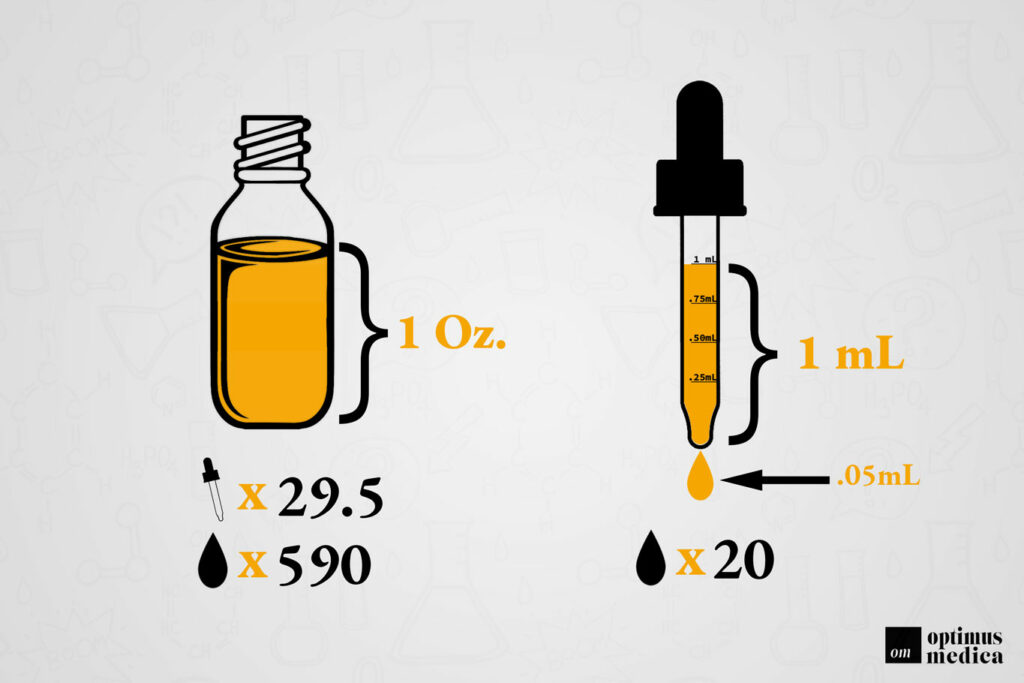
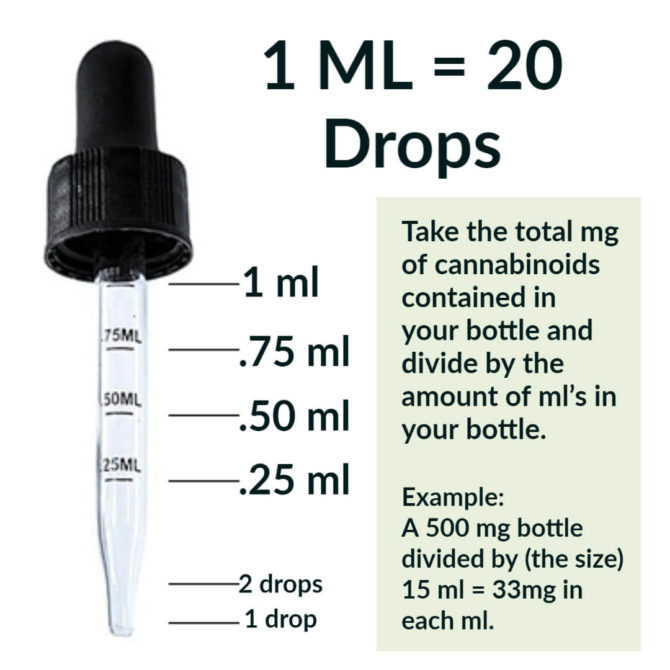


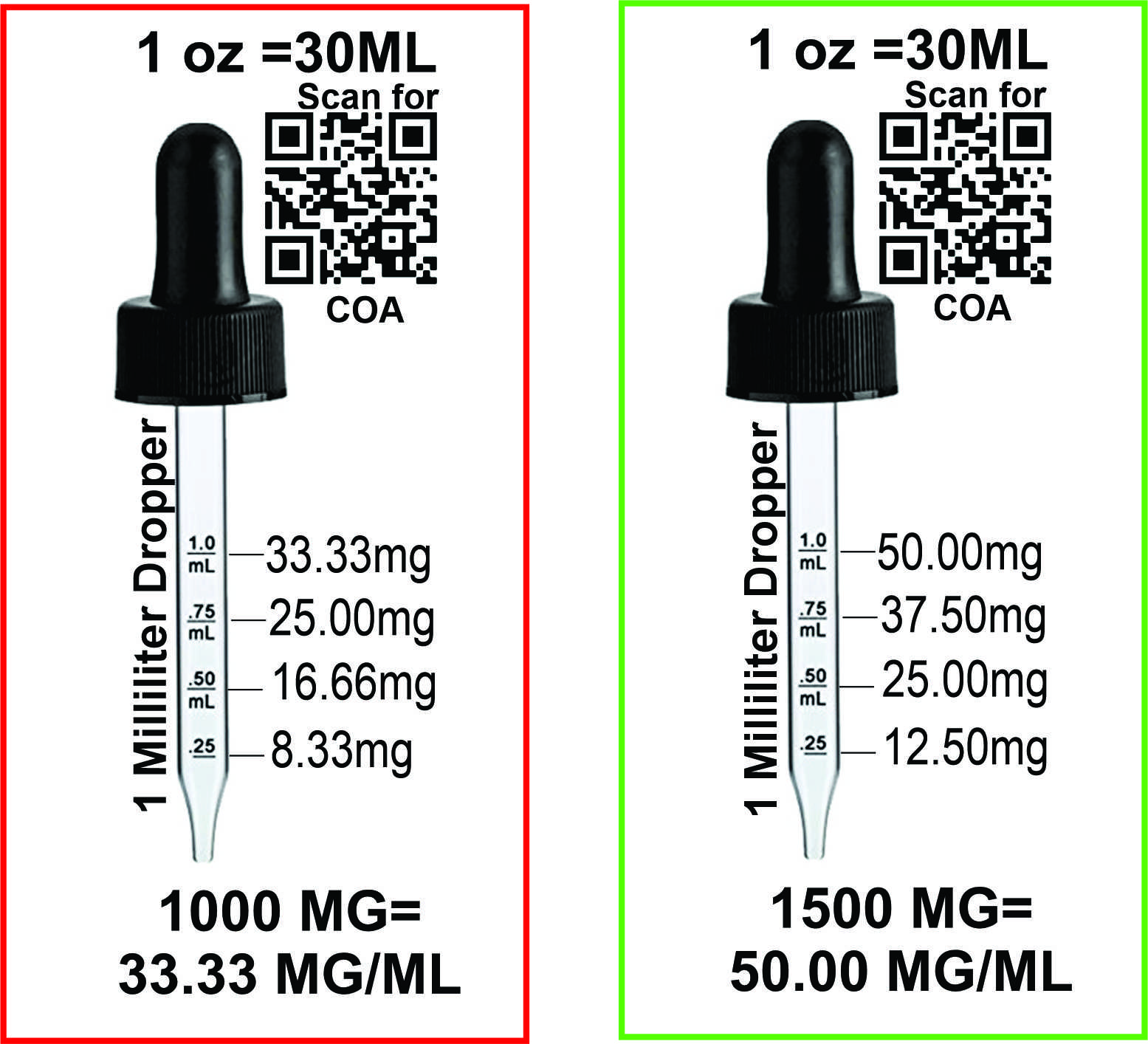


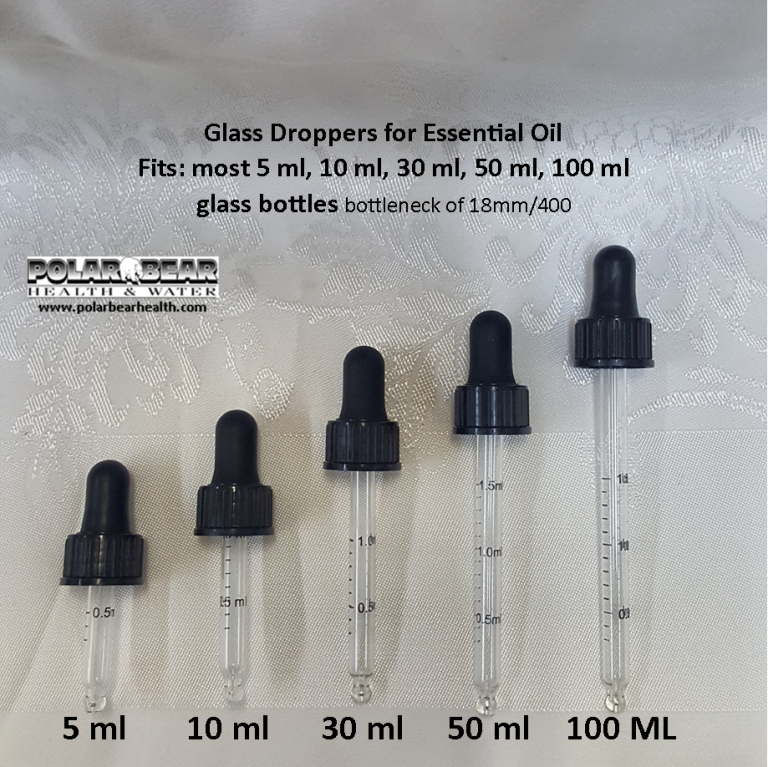

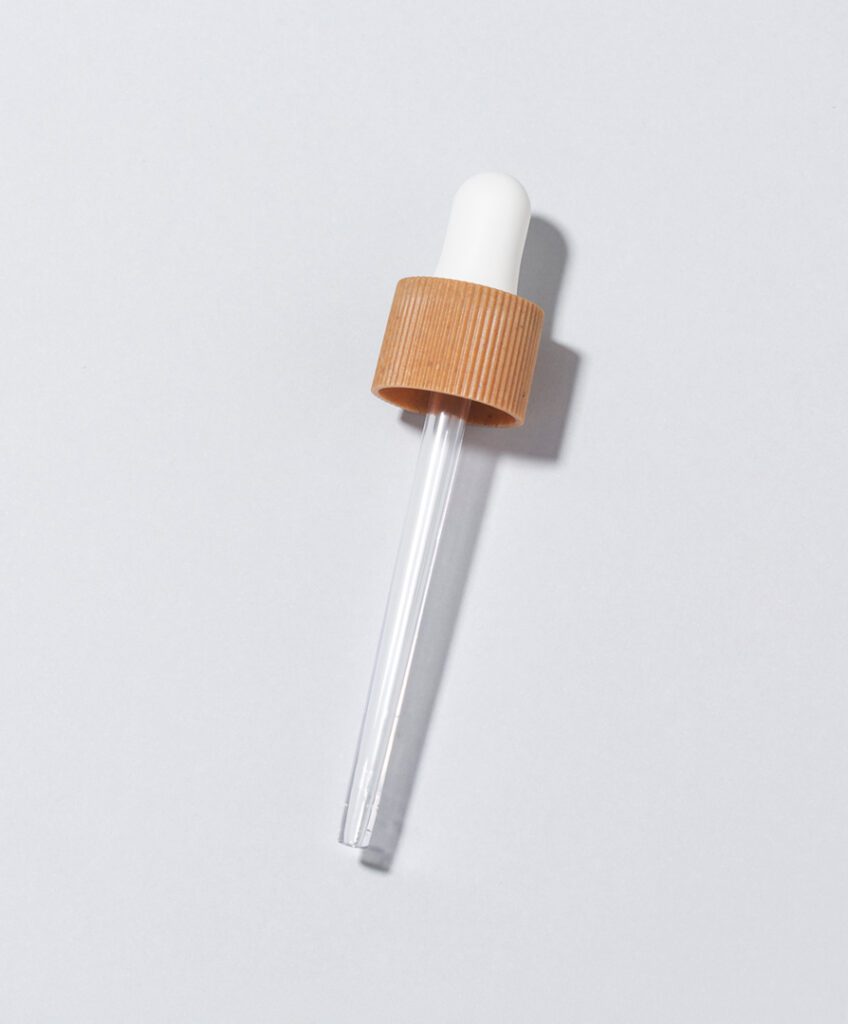
.jpg)


